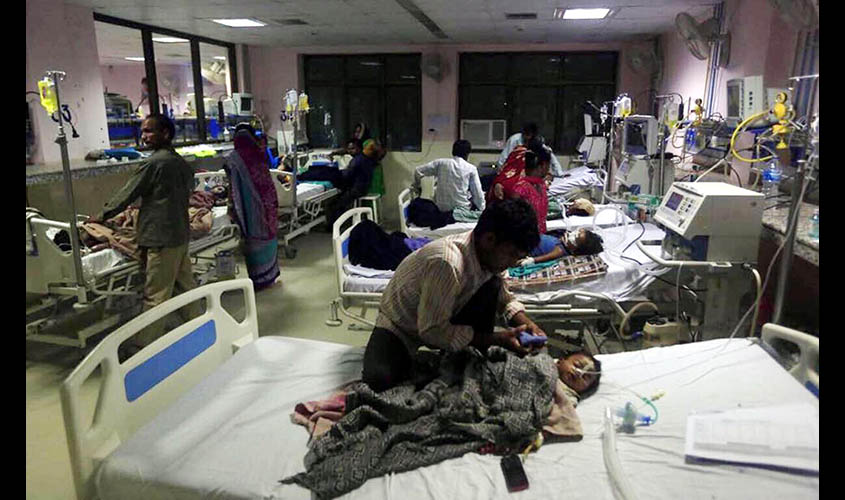Another work which is a film by Paul, titled Dreams of Cynthia, is selected to be a part of Contour Biennale 8 in Mechelen, Belgium from 11 March to 21 May 2017.
24 Jor Bagh is run by Gujral Foundation and the current exhibition, The Open Hand, is showcasing some works which are commissioned and supported by the foundation. These works have been included at a number of art shows in the world. Visitors can see some of these international projects from 11th Shanghai Biennale, The British Museum, the 56th Venice Biennale and the Contour Biennale 8.
Talking about the selection criteria for these works, Feroze Gujral, founder of 24 Jor Bagh, says, “Taking various factors in mind like curation, curator and the like, we chose the artworks. For example Invocation, a film by Desire Machine Collective (Sonal Jain and Mriganka Madhukaillya) was commissioned for Krishna in the Garden of Assam at the British Museum.” The film was shown alongside the largest surviving example of an Assamese devotional textile known as the “Vrindavani Vastra”. “Here we wanted to bring forward Assamese textile and artists from Assam to the world,” says Gujral.
“From 2003 to 2005, there was a Chinese wave where artists from China were in high demand internationally. It was followed by an Indian wave but at that time there was a kind of stereotyping taking place. At the same time there was an emergence of dialogue concerning Indian art. Now, there is a careful and mature approach in the international sphere.”
In the show, Basir Mahmood has showcased his video work which is inspired by a true incident which took place in Pakistan in 2011. In In a Move, to the Better Side, Mahmood has recreated the scene where a group of people, in the hope of better life, decided to move to Europe in a container via the sea route. This five-minute film

Shilpa Gupta’s works displayed at the gallery were exhibited at the recently concluded 56th Venice Biennale. Three works from the 14 works displayed at the Venice Biennale are showcased here. A video work titled Will it be Alright if Win, a text-based work Nothing Will go on Record and an untitled installation of a wooden table which holds envelopes containing shredded letters, are the works by Gupta present at the gallery. She has done over four years of research in the India-Bangladesh borderlands and the world’s longest security barrier between two the nation-states.
Talking about the presence of Indian artists abroad, Gupta says, “From 2003 to 2005, there was a Chinese wave where artists from China were in high demand internationally. It was followed by an Indian wave but at that time there was a kind of stereotyping taking place. At the same time there was an emergence of dialogue concerning Indian art. Now, there is a careful and mature approach in the international sphere. It is really great to know that mature works are forming an integral part internationally. This wasn’t the case before and it is a nice movement.”
The show is on till 19 February

